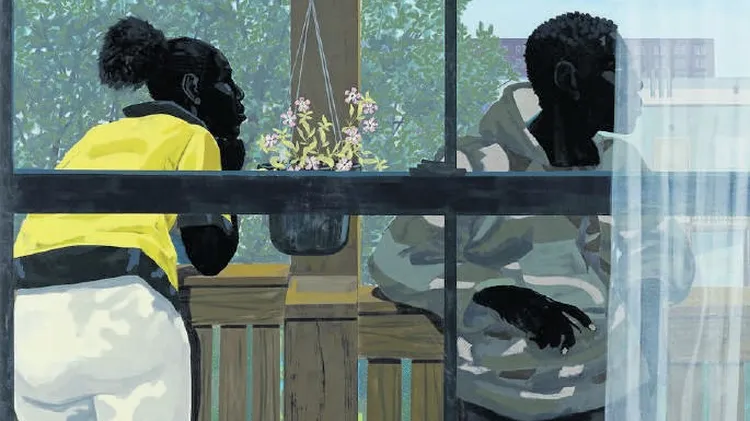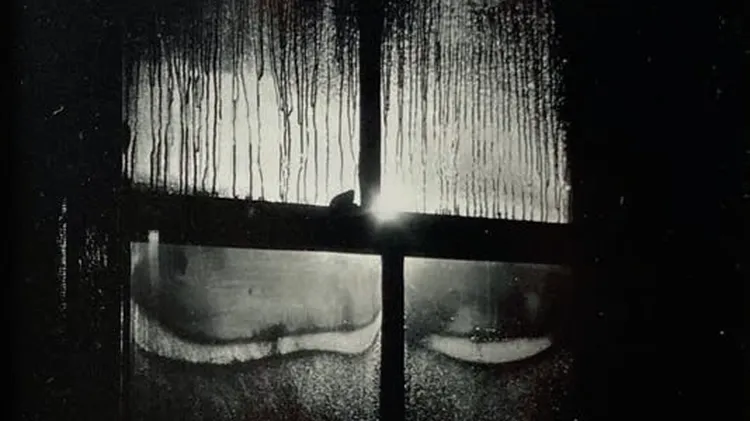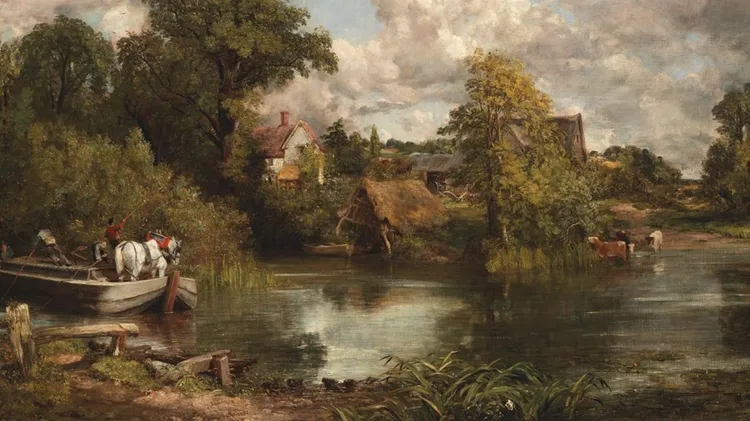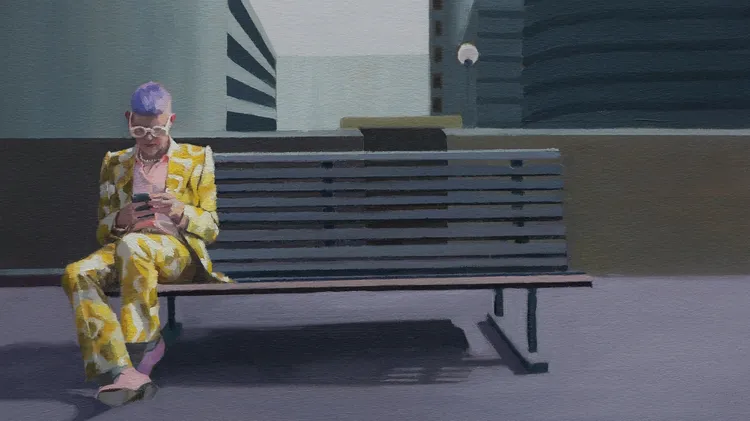Always marrying the personal with the political, PHILIP GUSTON
Philip guston: passion painting
4 min read
This article is from...
Read this article and 8000+ more magazines and newspapers on Readly






